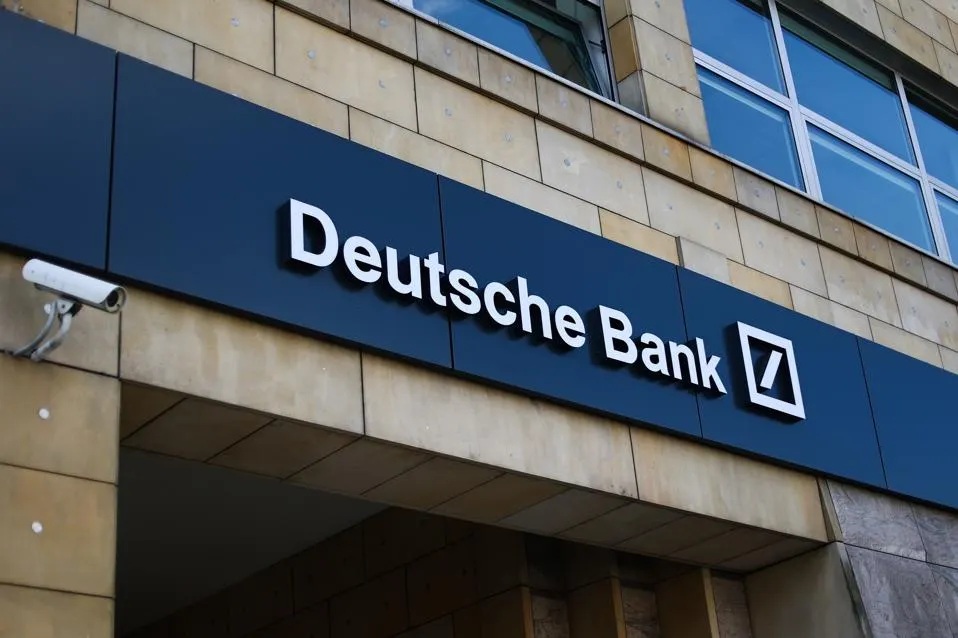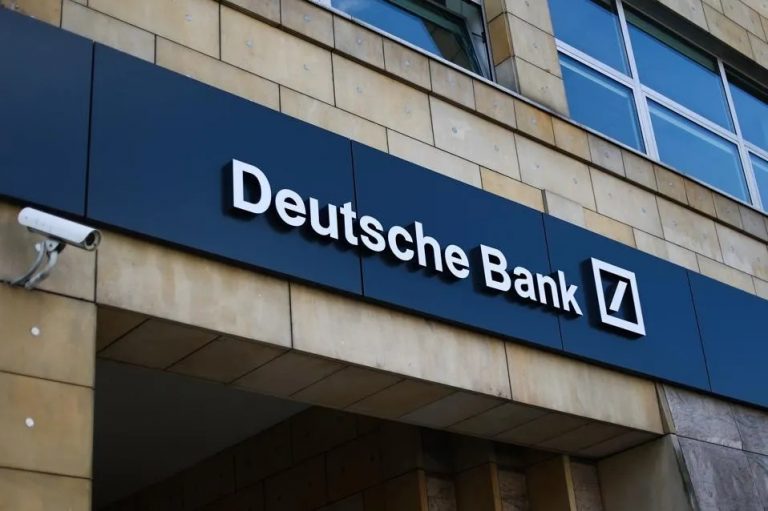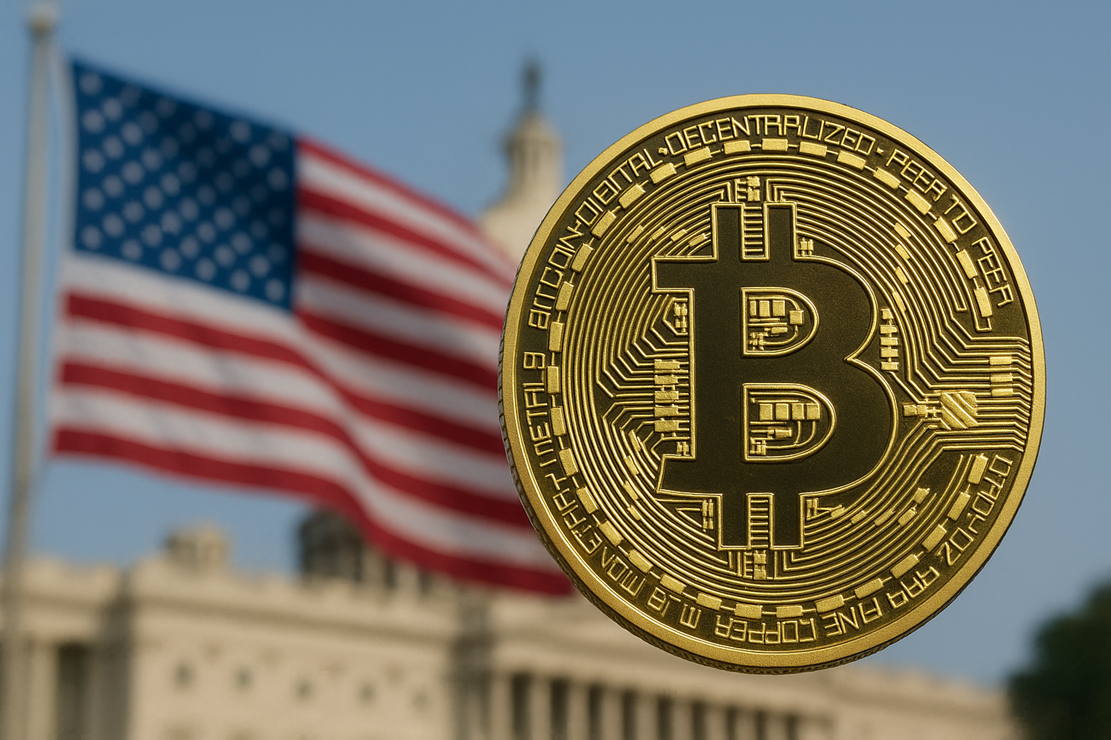Deutsche Bank Says The U.S. Economy Is Floating on AI Bubble


The global economy is increasingly leaning on artificial intelligence as its next great growth engine, but warnings are piling up that the boom is unsustainable and could collapse into one of the most significant financial bubbles of the modern era.
Deutsche Bank, in a note to clients this week, cautioned that the U.S. economy is being kept afloat largely by massive capital spending from Big Tech on AI data centers. George Saravelos, the bank’s Global Head of FX Research, said the United States would likely be close to a recession this year without this AI-driven surge in investment.
“The AI machines are literally saving the U.S. economy right now,” Saravelos wrote, pointing to the tens of billions flowing into new data centers and chip orders. “The bad news is that in order for the tech cycle to continue contributing to GDP growth, capital investment needs to remain parabolic. This is highly unlikely.”
Register for Tekedia Mini-MBA edition 18 (Sep 15 – Dec 6, 2025) today for early bird discounts. Do annual for access to Blucera.com.
Tekedia AI in Business Masterclass opens registrations.
Join Tekedia Capital Syndicate and co-invest in great global startups.
Register for Tekedia AI Lab: From Technical Design to Deployment.
Currently, much of the growth is being captured in construction and labor, as human workers build sprawling facilities. The AI sector itself — the technology and services that are meant to deliver long-term productivity gains — has yet to contribute meaningfully to GDP.
Market exposure has reached dizzying levels. Deutsche Bank noted that around half of the gains in the S&P 500 index this year have come from tech-related stocks. Torsten Sløk of Apollo Management issued a similar warning, saying equity investors are “dramatically overexposed” to AI bets.
Bain & Co. added further context, calculating that by 2030, the global economy will need $2 trillion in annual AI revenues to sustain projected demand for computing power. Even under optimistic scenarios, revenues will fall short by at least $800 billion, raising questions over whether the math behind the AI boom ever adds up.

Yet the spending spree continues. Nvidia, the backbone supplier of AI accelerators, recently pledged $100 billion to OpenAI for a 10-gigawatt expansion of computing power. OpenAI itself is pressing ahead with plans for a vast network of new data centers. CEO Sam Altman has acknowledged that AI investors are behaving irrationally, and that some will inevitably lose “significant sums of money” before the hype normalizes.
Baidu CEO Robin Li was even more blunt, predicting that “99 percent of so-called AI companies will not survive the bubble.” He warned that many firms are wasting both capital and productivity potential by hastily rebranding routine business workloads as “AI projects” to attract funding.
Echoes of the Dot-Com Bubble
The warnings have revived memories of the dot-com bubble of the late 1990s, when a rush to embrace the internet triggered a similar frenzy of infrastructure buildouts and sky-high valuations. Then, as now, investors piled into companies promising to redefine the future, often with little more than an idea and a website.

Back then, telecom giants spent billions laying fiber optic cables and building networks in anticipation of explosive internet growth. While the internet eventually transformed the world, most of the companies that drove the bubble went bust, leaving investors with catastrophic losses. The Nasdaq index famously lost nearly 80 percent of its value when the bubble burst in 2000.
Today’s AI economy shows striking parallels. Once again, market gains are heavily concentrated in a handful of companies — Nvidia, Microsoft, Alphabet, and Meta — whose valuations have soared to levels some analysts say are disconnected from reality. And once again, trillions are being poured into infrastructure, with the long-term revenue model still uncertain.
The difference, analysts note, is that this time the technology is more advanced and adoption is already widespread, from chatbots to copilots to automation tools. But as Deutsche Bank and others warn, the sheer scale of capital needed to sustain the AI boom may test the limits of even the largest tech firms.
While the AI buildout is propping up investment and stock indices, the central question remains: will AI deliver productivity and revenue fast enough to justify the trillions being poured in — or will history repeat itself with another painful correction?




